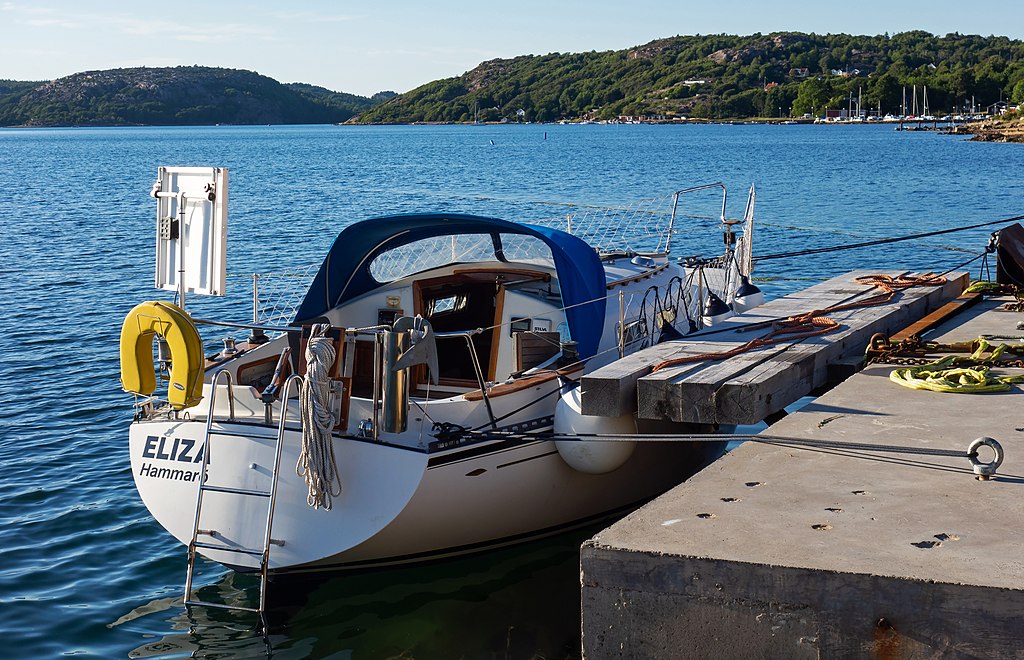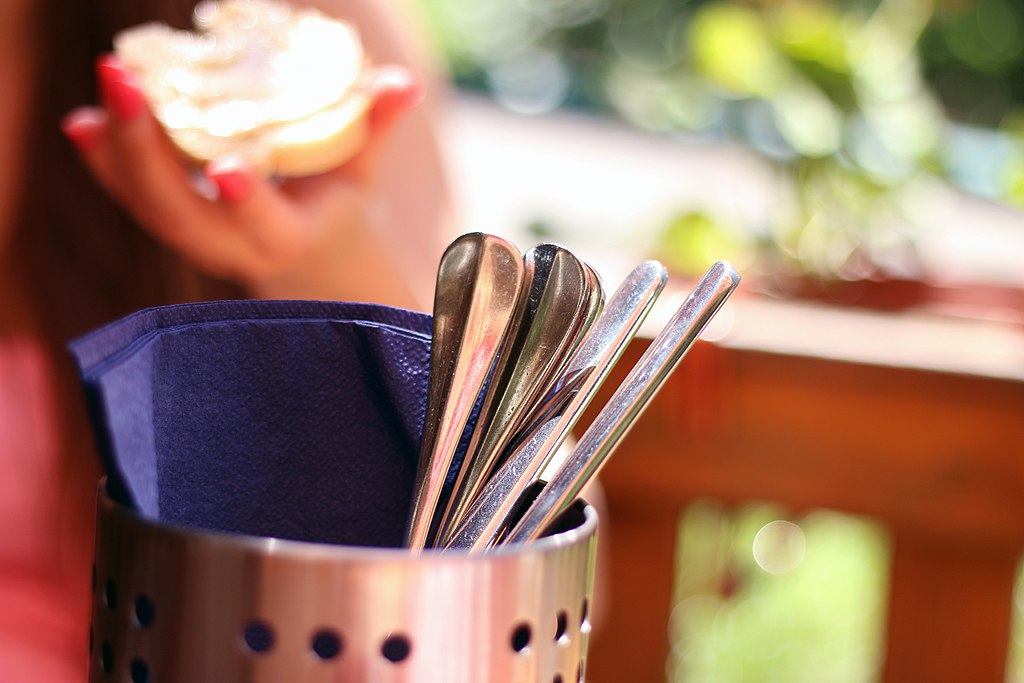Whether you want to spend time fishing, cruising or relaxing on the water, choosing the right lake boat will make the experience more enjoyable.
With many boat varieties available and an endless list of special features and luxury add-ons, selecting the right boat to suit your needs can be tricky.
The first variables to consider are the upfront and maintenance costs. Small lake boats typically cost between $10,000 and $30,000, while large watercraft can cost $50,000 or more, depending on the features provided. Pre-owned lake boats tend to cost a little less upfront, but still carry similar maintenance costs.
Maintenance costs include liability and other insurance, operating license fees, berthing fees, boat storage, annual checkups/cleaning, towing/launching equipment and weatherizing if you live in an area with varying weather conditions. Safety and recreational equipment also add to yearly boat maintenance costs.
Now that you understand the upfront and maintenance costs of owning a new or pre-owned lake boat, it’s time to consider the boat type, size and speed and motor type.
Boat Type
Common lake boats include pontoons, fishing boats, cabin cruisers, deck boats, sailboats, kayaks and personal watercraft (typically fits one or two passengers). When choosing a boat, you need to consider how you will use the boat.
Perfect for fishing and entertaining, fiberglass or aluminum pontoon boats have flat bottoms for added stability and provide lots of deck space for small and large groups of people.
Other fishing and entertainment-friendly boats include deck boats and cabin cruisers. These boats feature large decks and ample storage. Cabin cruisers also feature sleeping areas, galley kitchens and other amenities for weekend trips and getaways.
Fishing boats include center console, bass boats, duck boats, jon boats and more. Built for bass, catfish, trout fishing, etc., these boats can fit one or more passengers, gear and equipment while providing enough deck space to move around without feeling cramped.
Used mainly for racing, day sailing or cruising, sailboats require a little more know-how to operate and maintain. Common sailboats include monohull and multi-hull boats such as catamarans and trimarans.
Often used for fishing and exploring, kayaks and personal watercraft typically require additional training and licensing to operate. Suited for one or two passengers, these boats are often used for day trips and cruising.
Boat Size and Speed
Because local and state regulations for lake boat ownership and operation vary, you should thoroughly research lakes in your area to determine the maximum size and speed capability allowed. Once you have that information, you can select a boat to suit your needs.
The bigger the boat, the more difficult it will be to drive and maneuver. While larger boats provide more entertaining and storage space, smaller boats fit easily into tiny coves and other tight spots on a lake.
It’s important to consider how you plan to use the boat when deciding on boat size.
How you plan to use the boat will also determine boat speed. For example, if you enjoy watersports, tubing or wakeboarding or you just want to get around quickly, a speedboat or personal watercraft with a large engine will do the trick.
However, if you plan to spend your time entertaining and relaxing when on the water, a deck boat, pontoon boat, cabin cruiser or another boat with a smaller engine will suffice.
Motor Type
Choosing between an inboard or outboard motor depends on the boat’s size and how much power you need. Large boats benefit from inboard motors as these motors generate more power. Heavier and more expensive, these motors are suited for pontoon, deck, cabin cruisers and other large boats.
Better for small watercraft, outboard motors weigh less, cost less, but generate less power. For those new to boating, outboard motors are easier to operate than inboard motors.
When choosing a motor, it’s important to understand local and state regulations regarding motor size and type.
Now that you know more about the types of lake boats and features to consider, it’s time to buy a boat and get out on the water!



